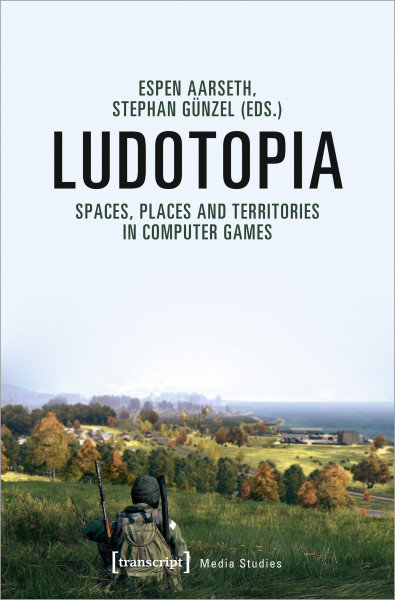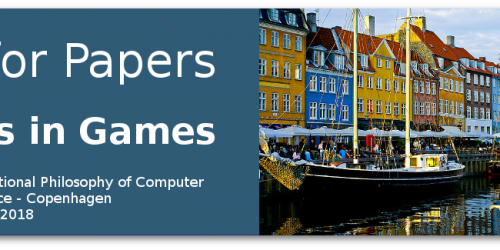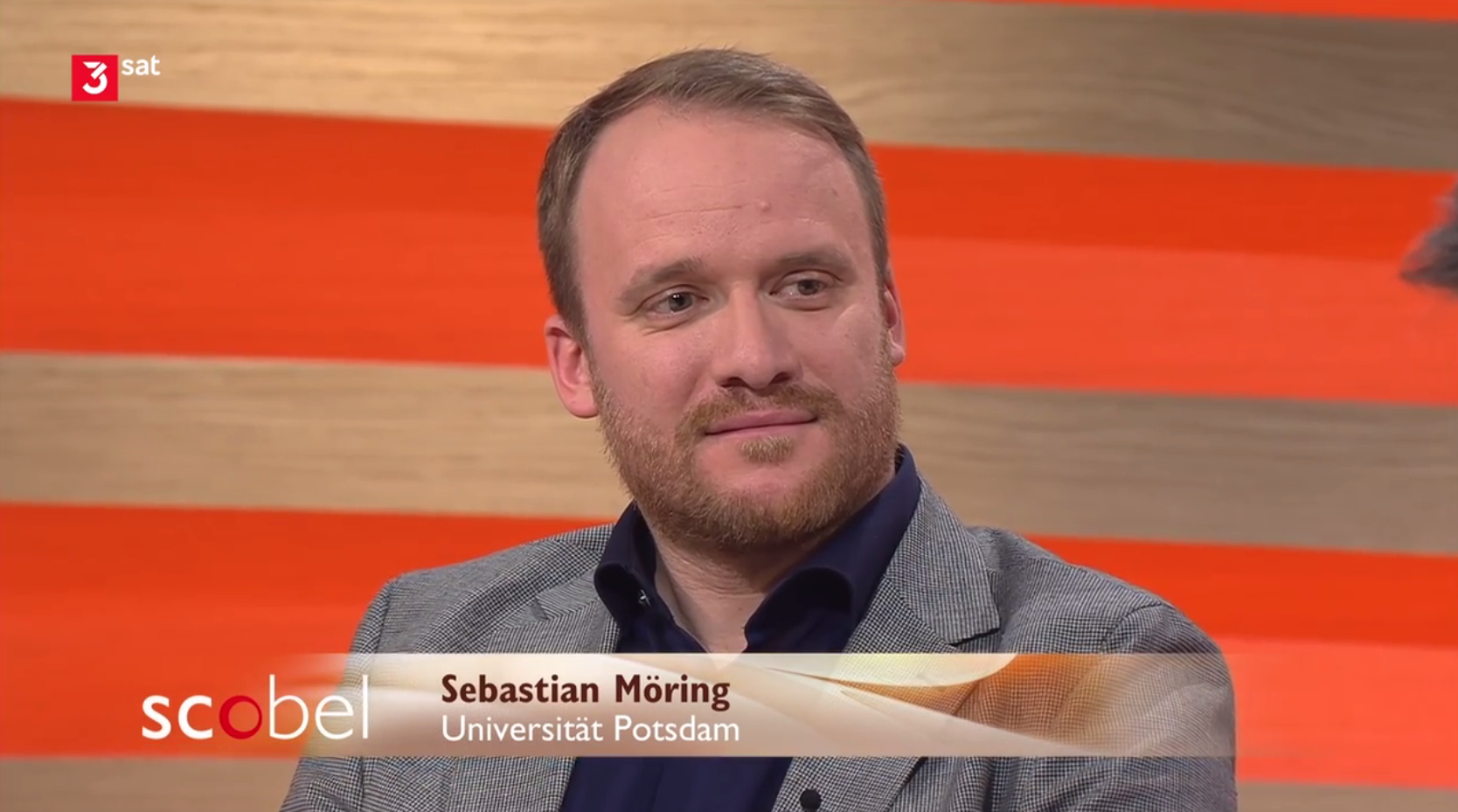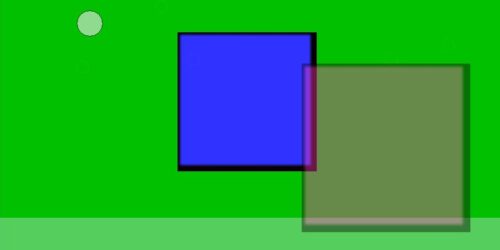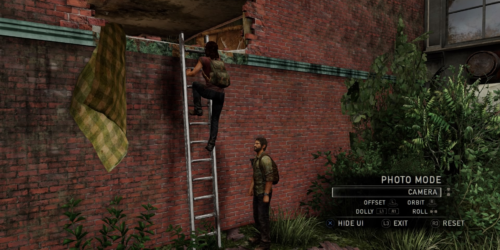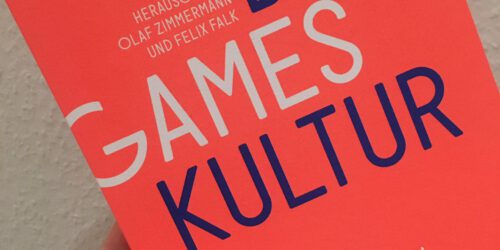New article: “Distance and fear: defining the play space”
An article which contains the core argument of my master’s thesis got published in the edited volume Ludotopia. Spaces, Places, and Territories in Computer Games edited by Espen Aarseth and Stephan Günzel alongside articles of great colleagues.
Möring, Sebastian. 2019. “Distance and Fear: Defining the Play Space.” In Ludotopia. Spaces, Places and Territories in Computer Games, edited by Espen Aarseth and Stephan Günzel, Bielefeld: Transcript, 231–44.
The abstract of my article reads as follows:
This paper proposes to take the play space into consideration when analysing computer games. While analysing computer games using Being and Time by Martin Heidegger one realizes that his notion of fear describes a situation that seems to be essential for many action games. Fear as an objective structure can be stated if something harmful is in a definite range with something else that can be injured or killed by it. Fear exists as long as the harmful entity is at a critical distance and as long as the fearsome (e.g. ‘killing’) is possible, but does not happen. Between the threatening entity and the threatened entity emerges a certain space which I regard as the ‘play space.’ The play space as opposed to the often architecturally described ‘game space’ can firstly be regarded as the vital space in a game and secondly as a distance that must be ensured for the game to be continued. The play space emerges in the game space between a player-controlled entity and the game limits as well as within the game space between a player-controlled entity and harmful objects. It is within this space that actions take place and options re-main available. While the game is being played the dimensions of the play space dynamically change due to changes in gaming situations. Heidegger divides this space into a near and a far space and thus allows the distinction of a space of necessity in very close distance and a space of possibility within a greater distance. Additionally, I propose further distinctions regarding the properties of ‘play space’ with the help of proxemics.
